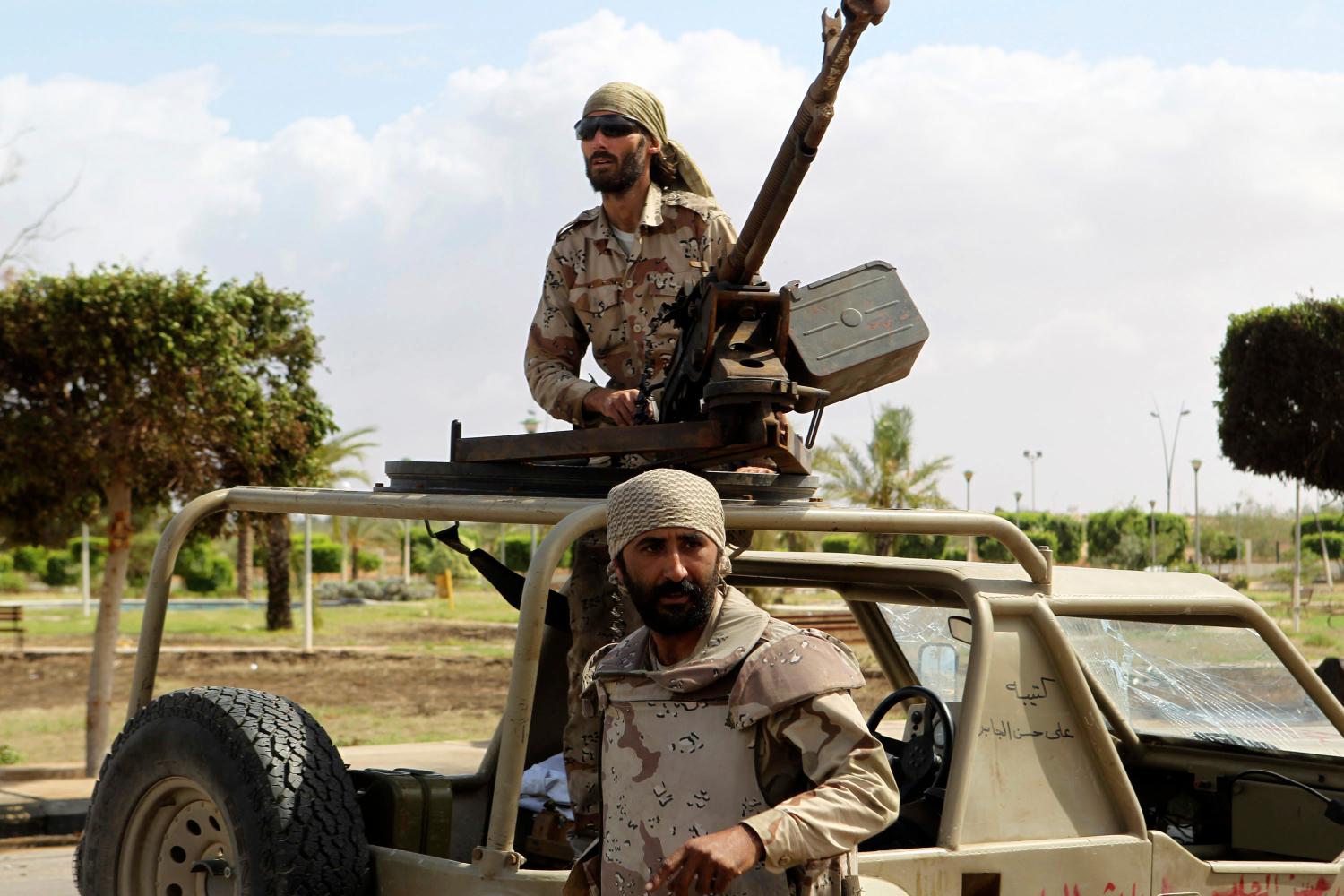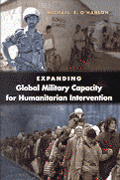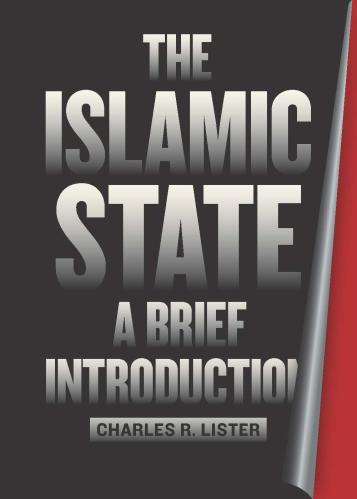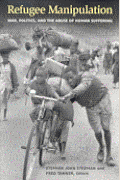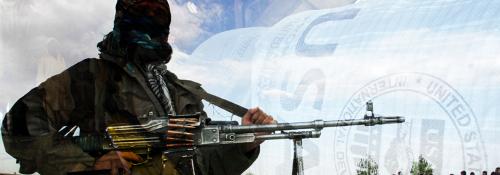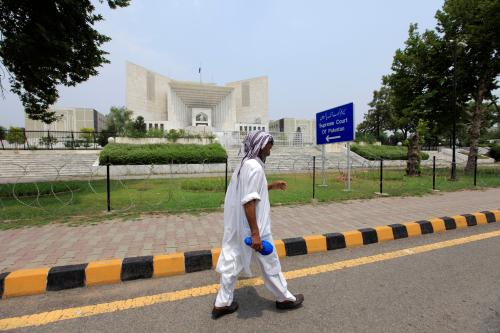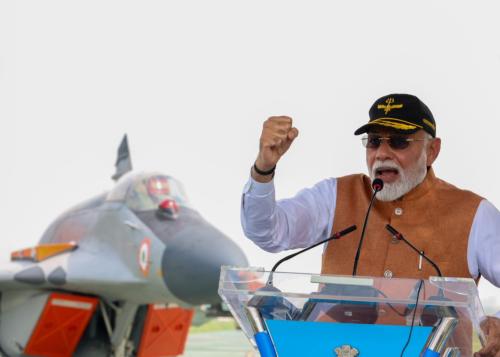“Combat charities,” or entities that seek to provide military and political assistance to weaker armed groups or minorities resisting the military onslaught of others, such as of the Islamic State (ISIS) in the Middle East and North Africa, are a rising phenomenon of the 21st century. They can significantly affect both local orders and international politics. Yet they remain understudied in both scholarly literature and policy assessments. This paper seeks to fill this analytical lacuna. Based on lengthy personal fieldwork consisting of participatory observation and interviews with leaders and members of combat charities in Iraq during 2015 and 2016, this paper analyzes the military and political effects of two different combat charities—Sons of Liberty International (SOLI) and Humanitarian Defense Abroad (HDA).
SOLI is the oldest and most established combat charity in the world. It is well connected in Iraq and Syria, and thanks to its founder and leader Matthew VanDyke, also in Northern Africa. This paper explores how SOLI has helped form, train, and to a certain extent equip the two largest Assyrian militias in northern Iraq. It also analyzes how SOLI helped one of the Assyrian militias be recognized by the central Iraqi government in Baghdad. Even though few analysts and observers noticed the impact of SOLI, SOLI thus significantly boosted the ability of the Assyrian community in Iraq to defend itself and have its defense forces recognized by Baghdad and taken more seriously by Erbil. In addition to altering the battlefield capacities of the Assyrian militias, SOLI has thus also had rather profound political effects on the ground. But its presence among the militias has had almost no cultural effects, mostly because its local Iraqi interlocutors have been well familiar with Western culture before the arrival of SOLI.
HDA may not be the first de facto combat charity, but holds primacy as the first combat charity legally acknowledged as such by a sovereign country. In comparison with SOLI, it is less oriented toward direct combat training of local groups. Rather it focuses on facilitating the embedding of specialized volunteers from abroad—whether with military background or without—into Kurdish units in need of particular skillsets. While anti-jihadist militias are able to obtain equipment at relatively low prices and with relative ease, intelligence gathering and communications capabilities are often more elusive. HDA focuses on boosting these capabilities of local anti-ISIS militia groups, such as peshmerga units, as well as providing specialized technologies.
Both SOLI and HDA also teach commanders and leaders of the groups with which they cooperate how to communicate with Western media. They assist them in promoting their narratives and attracting Western attention. Significantly, both combat charities taught and assisted the armed groups they mentor in how to engage officials in the executive and legislative branches of the U.S. government.
In sum, combat charities thus alter not only local military balances of power, but also local political balances of power. They influence the internal prestige and authority of local commanders and leaders as well as the leaders’ international influence. At the same time, while combat charities thus may be seen as assuming the role of a local powerbroker, they can also be at times manipulated by local groups whom they assist.
Even though combat charities, at their current numbers and scale, do not have the capacity to alter the outcome of large-scale conflicts, they can and already do have significant effects on local orders and may significantly influence the shape and outcomes of smaller conflicts and the resulting political arrangements. Their emergence also has significant legal and ethical implications. Whether and under what circumstances combat charities improve humanitarian outcomes or spiral out of control and generate new sets of humanitarian challenges and pernicious conflict dynamics will depend on local circumstances as well as international policies. Policymakers should no longer ignore the combat charity phenomenon. They should acknowledge their existence, analyze their impact, and devise policies for how to engage with them.
In “Combat charities or when humanitarians go to war,” Pavol Kosnáč turns to the two case studies of combat charities to provide background, key takeaways, and policy implications of the conflicts which combat charities have joined, how they operate, and their influence on the military battlefield, local and political order, and international relations. Unpacking the term “combat charity,” he discusses the controversies surrounding the term, explaining why it’s nonetheless appropriate and why combat charities are likely here to stay.
The Brookings Institution is committed to quality, independence, and impact.
We are supported by a diverse array of funders. In line with our values and policies, each Brookings publication represents the sole views of its author(s).
